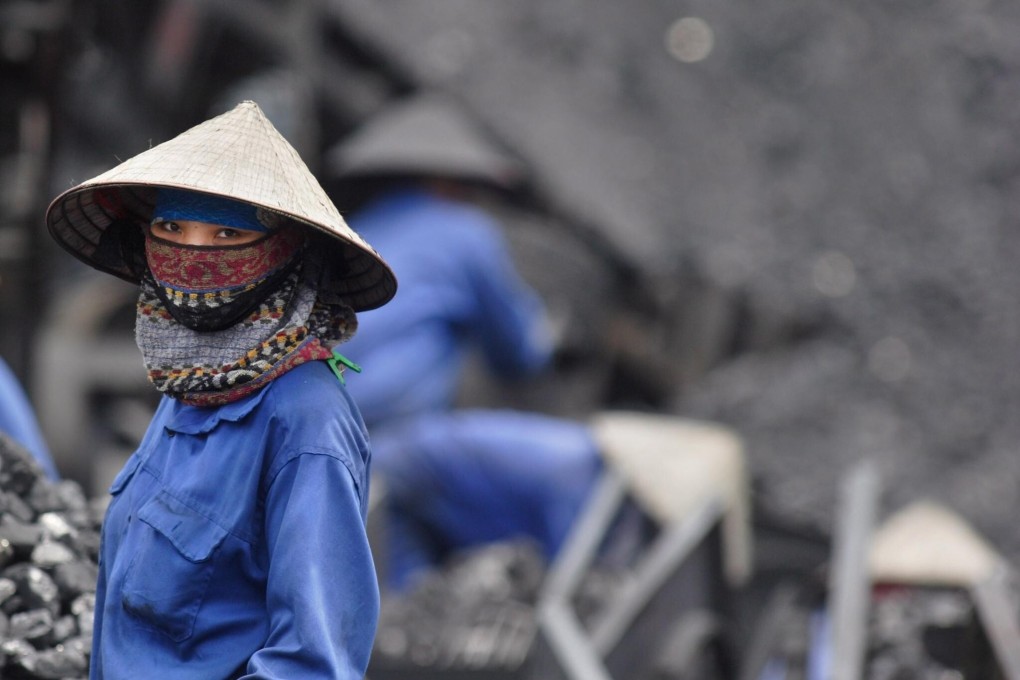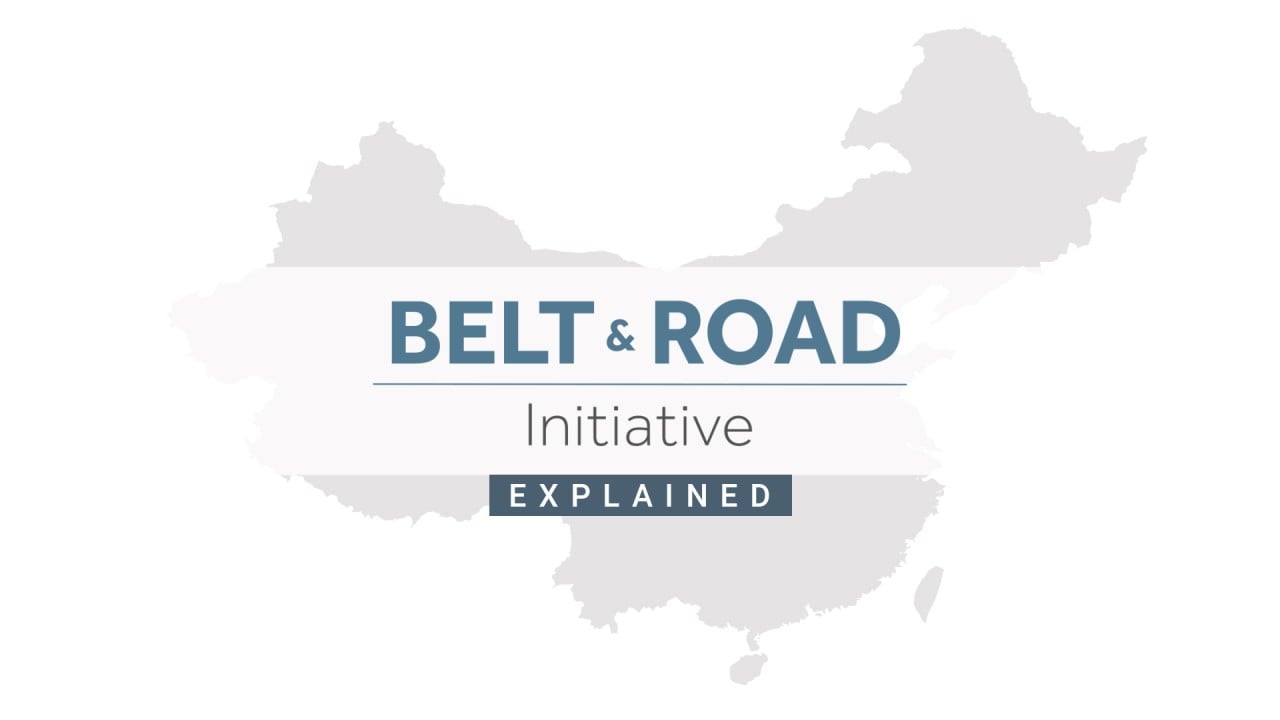Advertisement
Opinion | In Vietnam’s power plants, US finds a counter to China’s belt and road
- To deal with a looming power shortage, Vietnam has turned to US investors rather than China’s regional infrastructure investment programme
- Cleaner energy, rising anti-China sentiment and less risky investment are among Hanoi’s considerations, as is balancing Beijing in the South China Sea
Reading Time:7 minutes
Why you can trust SCMP
5

As a fast-growing economy, Vietnam’s demand for new infrastructure has been increasing over the years. According to the Global Infrastructure Outlook, Vietnam’s investment needs for infrastructure projects between 2016 and 2040 amount to US$605 billion, of which power plants account for US$265 billion. Facing delays in current power projects and difficulties in financing new ones, Vietnam’s power shortage is projected to reach 6.6 billion kWh in 2021 and 15 billion kWh in 2023, or 5 per cent of the country’s total power demand. If this problem persists, it could hamper Vietnam’s economic development.
Advertisement
Against this backdrop, China’s Belt and Road Initiative should be an appealing source of funding. However, Vietnam has generally shunned belt and road loans. Instead, it is working with US investors to develop its energy infrastructure. By late 2020, at least two major power plants funded by US investors using US liquefied natural gas (LNG) had been approved, and at least five similar projects were in the pipeline.
Vietnam’s decision to tap American rather than Chinese capital not only has important implications for Vietnam-US relations but also shows how America is responding to China’s expanding influence through the belt and road. If these projects are successful, they will bring credibility to America’s approach and offer regional countries a viable alternative to the belt and road.

02:35
Belt and Road Initiative explained
Belt and Road Initiative explained
VIETNAM’S SWITCH
As of early 2020, Vietnam’s total installed capacity of power generation was 54.88 gigawatts (GW), in which hydropower and coal-fired power plants accounted for 71.46 per cent. However, these traditional power sources have limitations.
In addition to the lack of suitable locations left to build new hydropower plants, criticisms against hydropower projects have intensified following recent floods and landslide disasters linked to a project in Quang Nam province. Meanwhile, air pollution and Hanoi’s strengthening commitment to green development have caused widespread public rejection of new coal-fired power plants. Provinces such as Bac Lieu, Binh Thuan, Long An, Nghe An and Ha Tinh have cancelled coal-fired power projects.
Advertisement
International financiers have also pressured investors to withdraw from coal-fired power projects in Vietnam. A group of investors recently urged Mitsubishi and seven other Japanese companies to withdraw from the Vung Ang 2 coal-fired power project in Ha Tinh Province. As more international banks refuse to fund coal-fired power plants, getting financing has become difficult. The most feasible source of funding for new coal-fired power plants now is from China. However, the borrower would have to use Chinese technology, generally seen as less advanced and more polluting. Rising anti-China sentiments in Vietnam would also be a major challenge.

Advertisement
